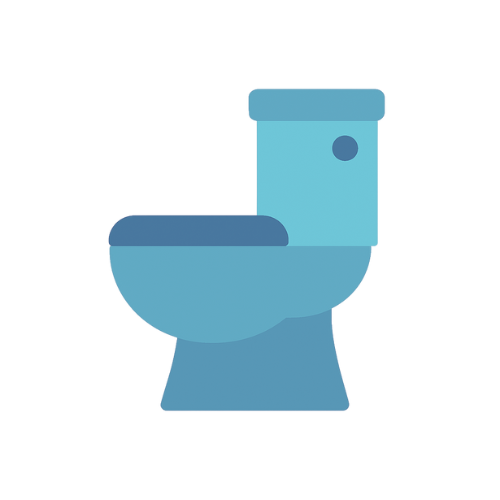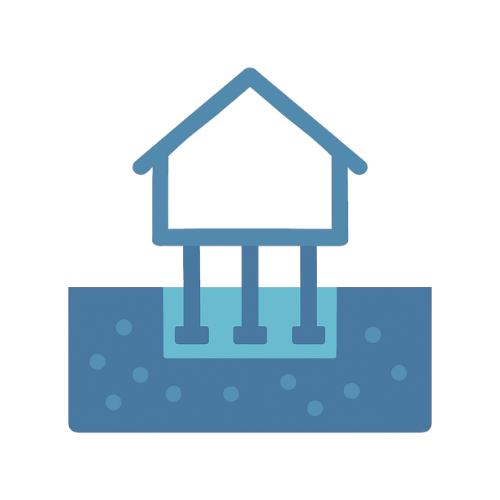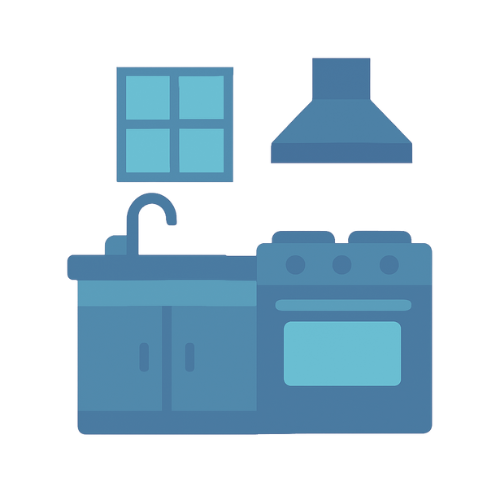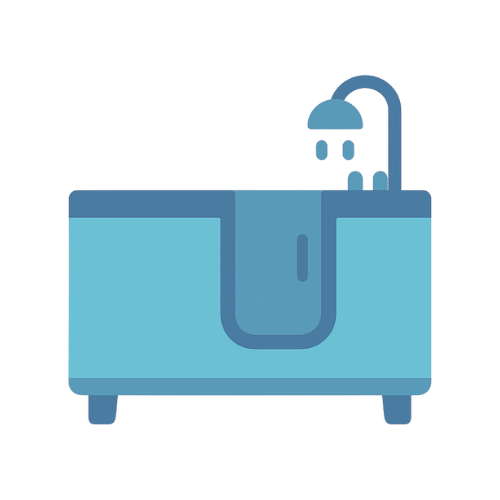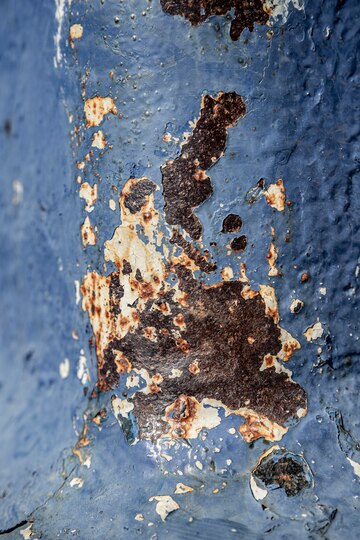Mold thrives in damp, dark environments, making plumbing areas prime targets for its growth. Leaky pipes or accumulated condensation provide ideal conditions for mold to spread. Here are common plumbing areas prone to mold growth and tips to prevent it:
Beneath Sinks
The space beneath sinks, whether in the kitchen or bathroom, often harbors cleaning supplies and toiletries. Stored items can obstruct pipes or cause leaks, leading to mold growth. To prevent this, ensure pipes are unobstructed, and regularly inspect for leaks or mold growth by removing stored items every few months.
Clogged Pipes
Clogged pipes hinder water flow, causing moisture buildup that attracts mold. Signs of water damage, such as warped or discolored walls or floors, indicate potential mold growth. The Environmental Protection Agency recommends seeking professional assistance for water damage exceeding 3 feet by 3 feet.
Showers and Toilets
High-moisture areas like showers and toilets are prone to leaks, particularly around the base of toilets or showerheads. Continuous dripping from showers can lead to moisture accumulation and mold growth. Regularly check for leaks and address them promptly to prevent mold proliferation.
Health Implications of Mold
Exposure to mold can trigger health issues, including nasal congestion, sore throat, coughing, and eye irritation. Individuals with respiratory conditions like asthma or COPD may experience exacerbated symptoms in mold-infested environments. Identifying and addressing mold growth is crucial for maintaining indoor air quality and minimizing health risks.
Mold Prevention Practices
Early detection and repair of leaks are crucial for mold prevention. To mitigate moisture buildup and mold growth:
Keep bathroom and sink areas dry by using exhaust fans during and after bathing. Regularly inspect pipe fixtures every 6-12 months to detect and address leaks or loose connections promptly. In case of mold growth, use bleach, vinegar, or hydrogen peroxide to clean affected areas effectively.
While mold is omnipresent, implementing preventative measures and promptly addressing plumbing issues can create an environment less conducive to mold growth. Stay vigilant and proactive to maintain a mold-free home.
